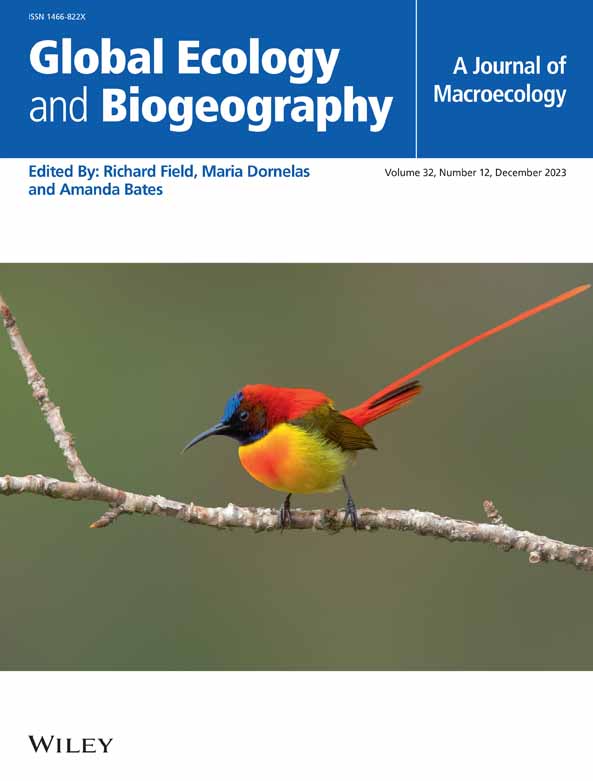Contrasting Exogenous and Endogenous Soil Microbial Carbon Use Efficiencies Under Global Changes
Abstract
Aim
Microbial carbon use efficiency (CUE) is one of the key indicators for the formation and release of soil carbon. CUE can be divided into exogenous CUE (CUEex, efficiency in using external carbon sources measured by e.g. 13C or 14C labeling) and endogenous CUE (CUEen, efficiency in using internal carbon sources measured by 18O labeling). Global changes strongly influence CUE, which response depends on the carbon source. However, the effect size and drivers of CUEex and CUEen responses to global changes remain unclear, leading to large uncertainties when forecasting terrestrial carbon cycling. We aimed to quantify the magnitude and direction of microbial CUEex and CUEen responses to global changes.
Location
Global.
Time Period
2011–2024.
Major Taxa Studied
Soil microorganisms.
Methods
Database containing 213 paired microbial CUEex and 155 paired microbial CUEen data was integrated and meta-analysed to assess the impacts of global change factors on microbial CUE. Additional information gathered encompassed latitude, longitude, climate, plant properties, soil properties, microbial properties and experimental conditions.
Results
We found that CUEex decreased with absolute latitude, while CUEen showed the opposite trend. Warming reduced CUEex and CUEen by 3.6% and 16.5%, respectively. Drought increased CUEex by 7.9%, but decreased CUEen by 14.3%. Nutrient inputs consistently decreased CUEex by 5.0%–17.1%, while nitrogen and nitrogen combined with phosphorus and potassium inputs increased CUEen by 25.5% and 43.1%, respectively. Aridity index, soil pH and cation exchange capacity were the main factors influencing microbial CUEex. In contrast, microbial respiration and growth rates, followed by microbial biomass, were the major predictors of microbial CUEen.
Main Conclusions
Biogeochemical models should account for the opposite spatial patterns of microbial CUEex and CUEen, as well as their respective specific drivers under global changes, to accurately predict microbial responses to various carbon sources.


 求助内容:
求助内容: 应助结果提醒方式:
应助结果提醒方式:


